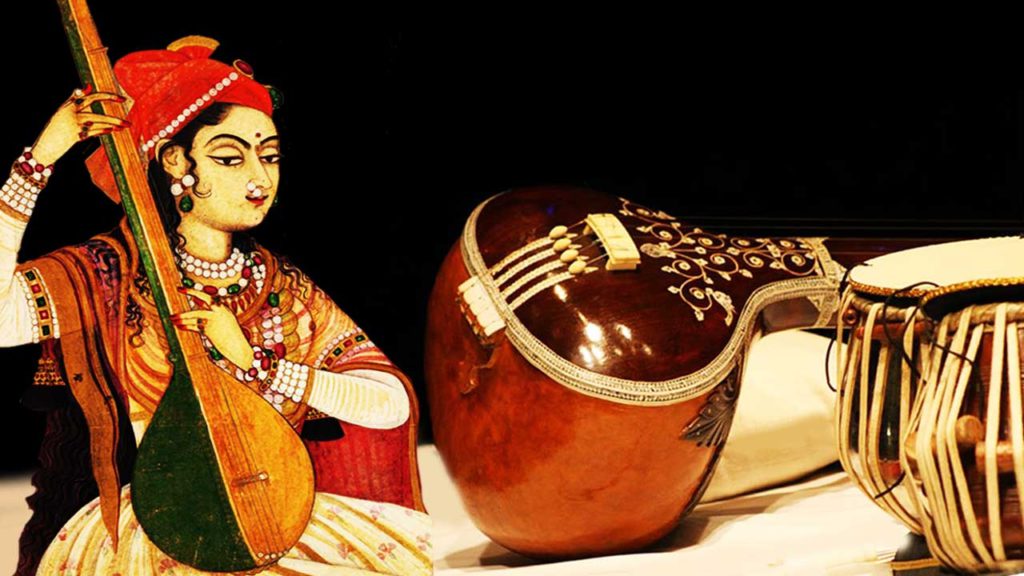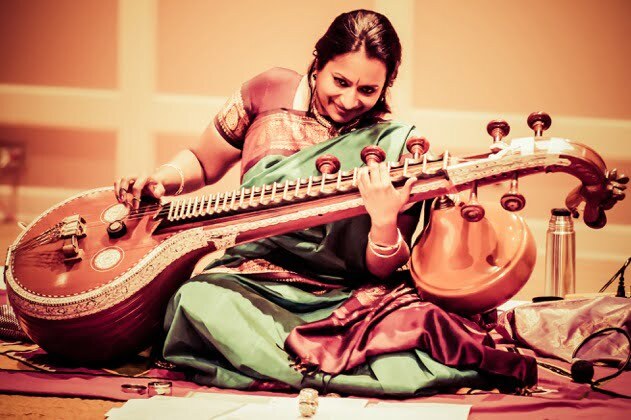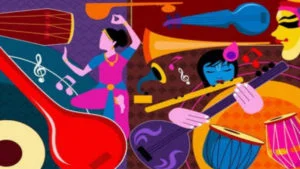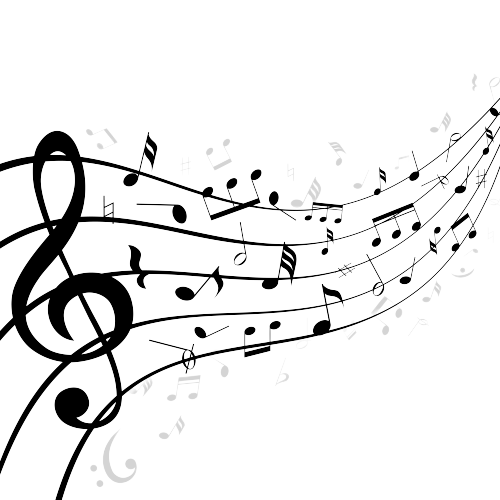Thumri is a light-classical singing form that is quite popular in North India. It has a comparatively slower tempo than Dadra, which is faster. It also has a more extended and lengthy structure of improvisation than Dadra, which is crisper and more compact. The lyrics of Thumri only possess two parts that are Sthayi and Antara.
On the other hand, Dadra consist of large and more than one Ataras. Khyal consist of the long and lengthy melodic form known as dhrupad and it has very few restrictions. It is usually accompanied by a table and lute that is so-called tambura in a variety of talas. The vocalist performs typically Khayal. The rhythm of the performance is non-metric.
Khayal
Khayal is actually a Persian word, which means imagination, thought or logic. In modern times Khayal Gayan is a prevalent form of classical music. As everyone knows, change is a universal law, and customs change should come with time. However, Khayal came into being after Dhrupad. Khayal Gayan consists of shorter compositions with two parts only, Sthayi and Antara; on the other hand, the Dhrupad style has four elements known as Sthayi, Antara, Sanchari, Abhoga.

The tendency of an artist is to explore new things so as Indian artists did. External forces influence every culture, and so is our music also. During such time, Prabandh originated Dhrupad, and Dhrupad made the existence of Khayal form of music. Thus, we can conclude that Khayal is the new version that came from both Dhrupad and Prabandh.
In today’s Hindustani music, khayal gyan is the most essential genre of music. It is identified with modern classical music. Raagas are played while keeping khayal in mind.
Khayal is of two different type, Bada khayal and Chota khayal.
We sing Bada Khayal in a slow tempo and Chota khayal in a medium and fast tempo. Chota khayal was composed in drut laya. Khayal mainly focuses on swaras, that is, notes rather than on words. It is made of fewer words which means poetry is limited.
The chanting of Bada Khayal is slow in tempo; that’s why it’s one round takes more time to complete than the Chota Khayal takes. That’s why we can it Bada Khayal.
Chota khayal is mainly composed in Ek Taal, teen taal, jhaptaal and rupak too. The principal composition of Chota khayal is teen taal.
A technological shift occurred during the post incidence period, which transformed khayal too. Later on, many digital platforms came in which people could listen to any form of classical music which they wished to listen to. Their craving could be fulfilled in just seconds by searching the music on the internet. Later on, the artist had many new ways to record their music for a longer duration and to publish it widely. This came to a new life to khayal music to reach its audience widely, and it could be listed by anyone who enjoys khayal music. Today, artists can train their students through many apps, and the craze of khayal is still at its peak.

Dadra
Dadra is a musical form that falls in the category of classical Indian or Hindustani music. It refers to two separates but initially linked concepts in Hindustani classical music form. The name is derived from its relation to the Dadra style of singing. And Dadra itself derives its name from its place of origin.
The Dadra is a semi-classical form of music that is similar to thumri. Thumri is another classical form of music. According to history, they both have emerged together, sometime around the 19th century in the court of emperor Wajid Ali Shah. Dadra resembled the thumri in a number of aspects, and it allowed much more freedom to the artists.
The texts of Dadra are highly emotional, sentimental and affectionate. The songs of Dadra commonly deal with love and affection. It was initially accompanied by Tala Dadra [ a form of dadra], which is the reason how it gets its name. Apart from tala Dadra, there are various other forms of talas such as Chanchar, Mughlai and many more.
Thumri
Thumri is one of the popular styles of singing, what we call khayal singing. It usually describes the romantic activities of lord Krishna and Radha Ji, expressing their love and grief of a girl who is agitated by the parting of her love and romance.
This method of singing is popular due to the use of khtake and murkee, which one can witness easily in the performance. Thumri is also a form of presenting Ragas. However, this form of Hindustani classical music is only to particular Ragas only. These ragas are Gara, Pilu and a few more.

Difference between Thumri, Khayal, and Dadra
Khayal literally means thought or imagination. Khayal is less word bound; therefore, the musician has much scope to improve and present his mastery over music.
In contrast to khayal, thumri is a form of music in which the singer attempts to explain and interpret words in terms of a lovely melody. Generally, there is minimal scope of improvisation as compared to khayal. Romantic religious literature, mainly inspired by the bhakti movement in the past, forms the basis of thumri.
On the other hand, we sing thumri in a slow tempo as compared to both of them. The thumri form of music is a more prolonged and more extended structure of improvisation than both of them. Moreover, the lyrics of thumri are in only two parts.
Conclusion
Today khayal, Dadra and thumri are one of the oldest classical music forms in the country. All of them are remarkably fantastic. Qawwali historically has an influence on khayal, and it maintains a primarily religious connotation. You can witness all of these forms in India. Moreover, people actually enjoy and embrace them in almost every part of the country. All of these forms of classical music are just a tiny segment in the broader soundscape of India, which has an ample number of classical forms of music.
Share with your friends





